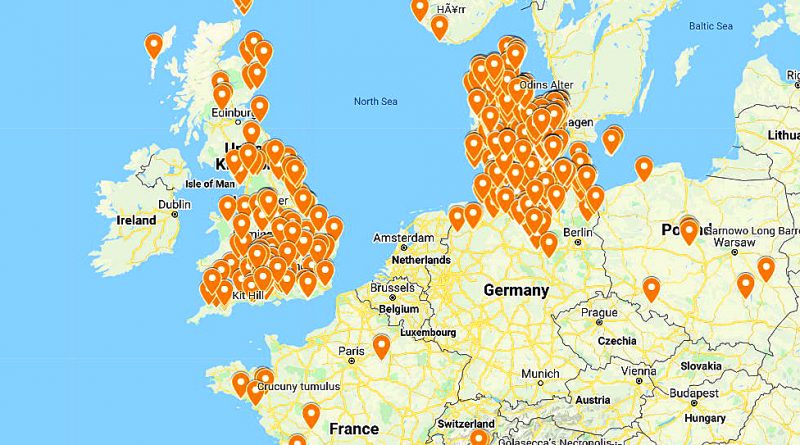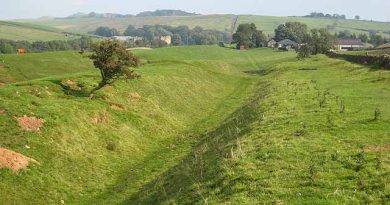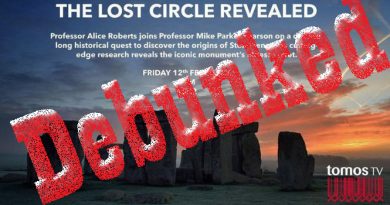The Long Barrow Mystery
The enigmatic nature of long barrows (The Long Barrow Mystery) in Northern Europe has long been a subject of fascination and intrigue for archaeologists and historians. These ancient structures are widely accepted as some of the oldest monuments in the region, and their distribution, coupled with similar construction dates, has raised fundamental questions about the connectivity and interactions among ancient cultures. As we delve into the mysteries of long barrows, we find ourselves reevaluating the established narratives of isolated or unconnected societies.
Long barrows are distinctive burial mounds characterized by their elongated shape and contain chambers for the interment of the deceased. They are spread across various parts of Northern Europe, bearing witness to the distant past and the diverse traditions that once thrived in the region. The prevalence of long barrows hints at a shared cultural practice, but their geographical distribution challenges our understanding of ancient migrations and contacts. (The Long Barrow Mystery)
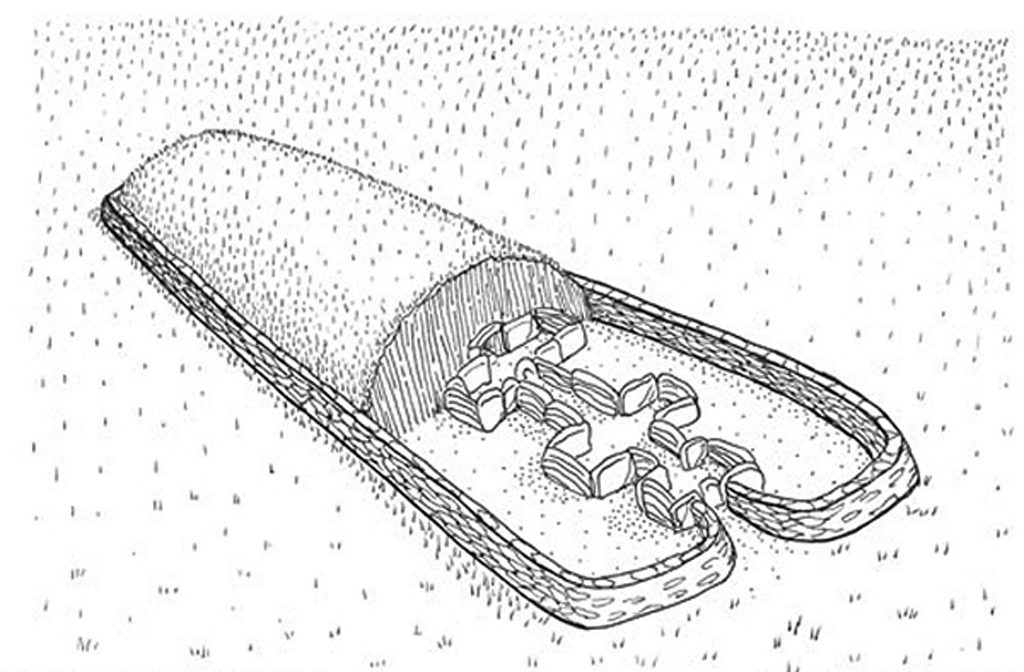
Full Screen map of Long Barrows in Europe – was Doggerland around at the time of Long Barrow construction across Northern Europe? (The Long Barrow Mystery)
One intriguing perspective that has emerged in recent scholarship speculates about the purpose of long barrows extending beyond mere burial sites. It suggests that these structures might represent symbolic representations of ships or boats, signifying a journey to the afterlife. This interpretation is particularly captivating when we consider the design of long barrows, which may have mirrored the contemporary ship designs of their time. Such a connection implies a level of interconnectedness between cultures, even those separated by geography and time.
The map you referenced, which demonstrates the distribution of long barrows, adds an additional layer to this intriguing narrative. It challenges traditional migration routes and patterns into Britain, as it highlights the scarcity of long barrows in Northern France. This absence calls into question the previously held assumptions about the movement of people and ideas across these regions. Were there indeed insurmountable barriers or significant cultural distinctions that prevented the spread of the long barrow tradition to Northern France?
Another fascinating aspect of the long barrow mystery is the realization that the center of this cluster of long barrows is now submerged beneath the North Sea, in an area known as Doggerland. Doggerland was once a vast landmass connecting what is now the British Isles to continental Europe during the Mesolithic Period. This submersion due to rising sea levels further complicates our understanding of long barrows. In the Mesolithic Period, when Doggerland was above sea level, it would have facilitated more accessible routes and interactions. The dating of long barrows in light of this submerged landscape requires careful reconsideration.
In conclusion, the enigma of long barrows in Northern Europe challenges the conventional wisdom about ancient cultures and their interactions. These structures, whether seen as burial mounds or symbols of a journey to the afterlife, hold deep cultural and historical significance. The geographical distribution of long barrows and the absence of such structures in Northern France make us reevaluate migration patterns. The submersion of the central cluster of long barrows beneath the North Sea adds further layers of complexity to this intriguing puzzle. The “Long Barrow Mystery” is a vivid reminder that history is ever-evolving, and its exploration is a journey filled with surprises and revelations, encouraging us to revisit and reassess the past’s hidden stories and connections. (The Long Barrow Mystery)
Further information can be found also on our Video Channel Prehistoric Britain
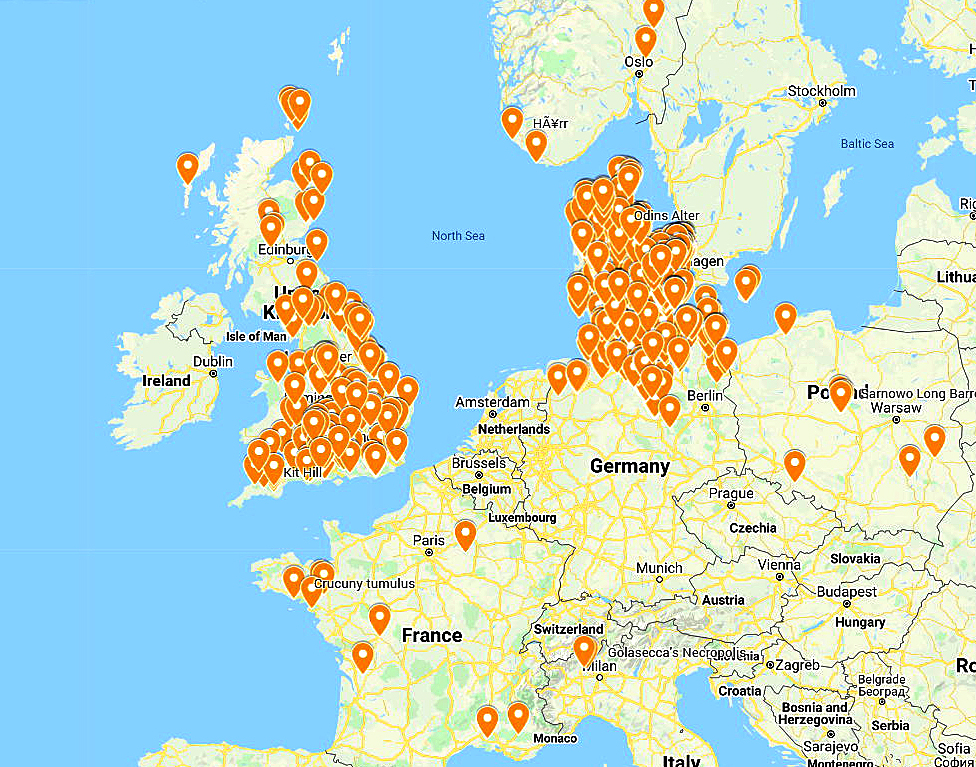
Further Reading
For information about British Prehistory, visit www.prehistoric-britain.co.uk for the most extensive archaeology blogs and investigations collection, including modern LiDAR reports. This site also includes extracts and articles from the Robert John Langdon Trilogy about Britain in the Prehistoric period, including titles such as The Stonehenge Enigma, Dawn of the Lost Civilisation and the ultimate proof of Post Glacial Flooding and the landscape we see today.
Robert John Langdon has also created a YouTube web channel with over 100 investigations and video documentaries to support his classic trilogy (Prehistoric Britain). He has also released a collection of strange coincidences that he calls ‘13 Things that Don’t Make Sense in History’ and his recent discovery of a lost Stone Avenue at Avebury in Wiltshire called ‘Silbury Avenue – the Lost Stone Avenue’. (The Long Barrow Mystery)
Langdon has also produced a series of ‘shorts’, which are extracts from his main body of books:
For active discussions on the findings of the TRILOGY and recent LiDAR investigations that are published on our WEBSITE, you can join our and leave a message or join the debate on our Facebook Group.
(The Long Barrow Mystery)

